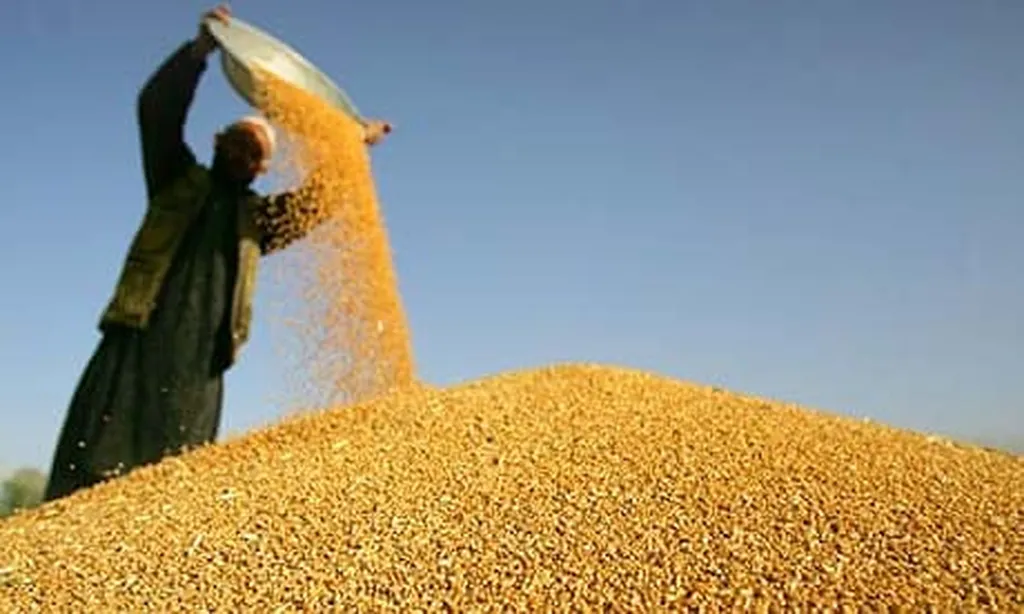Farmers and agricultural professionals increasingly rely on digital tools to manage operations, from precision farming software to online marketplaces for inputs and produce. But a growing number of users report encountering an unexpected hurdle: being mistaken for automated bots when accessing critical platforms.
The issue typically arises when visiting agtech websites or digital farming services, where users are greeted with messages like *”As you were browsing, something about your browser made us think you were a bot.”* The notice often cites disabled JavaScript, rapid navigation, or blocked cookies as potential triggers. While these security measures aim to protect platforms from malicious scrapers and automated attacks, they’re also creating friction for legitimate users—particularly in rural areas where internet connectivity can be inconsistent.
**Why It’s Happening**
Many agtech platforms deploy bot-detection systems to prevent data scraping, fraudulent transactions, or server overloads. JavaScript and cookies play a key role in verifying human activity, but farmers using older browsers, strict privacy extensions (like NoScript or Ghostery), or unreliable connections may trigger false positives. The problem is compounded by the fact that agricultural work often demands quick access to real-time data—whether checking weather updates, commodity prices, or equipment telemetry. Delays or blocked access can disrupt time-sensitive decisions.
For example, a grain trader rapidly comparing prices across multiple tabs might be flagged for “super-human speed,” while a grower using a satellite-based field monitoring tool could be locked out if their browser settings conflict with the platform’s security protocols. Even something as simple as a slow-loading page—followed by the message *”Please stand by. We’re getting everything ready for you”*—can add unnecessary stress during critical moments, like planting or harvest seasons.
**Broader Implications for Digital Agriculture**
The rise of these access barriers highlights a tension in agtech: the need for robust cybersecurity versus the demand for seamless usability. Farmers, especially those in regions with limited tech support, may lack the troubleshooting knowledge to adjust browser settings or whitelist trusted sites. Some could abandon digital tools altogether, reverting to less efficient methods—or worse, missing out on data-driven insights that could improve yields or reduce costs.
Industry observers note that the problem isn’t unique to agriculture, but the stakes are higher when delays affect food production. Agtech companies are beginning to respond by refining their detection algorithms and offering clearer guidance for flagged users. Some platforms now provide dedicated support channels for false positives, while others are exploring alternative verification methods, such as CAPTCHAs tailored to agricultural workflows.
For now, users can mitigate issues by ensuring JavaScript and cookies are enabled, temporarily disabling privacy extensions, or using updated browsers. But as digital agriculture expands, the onus will be on developers to strike a balance—protecting their systems without alienating the very farmers they aim to serve. The goal, after all, is technology that works *with* the user, not against them.

